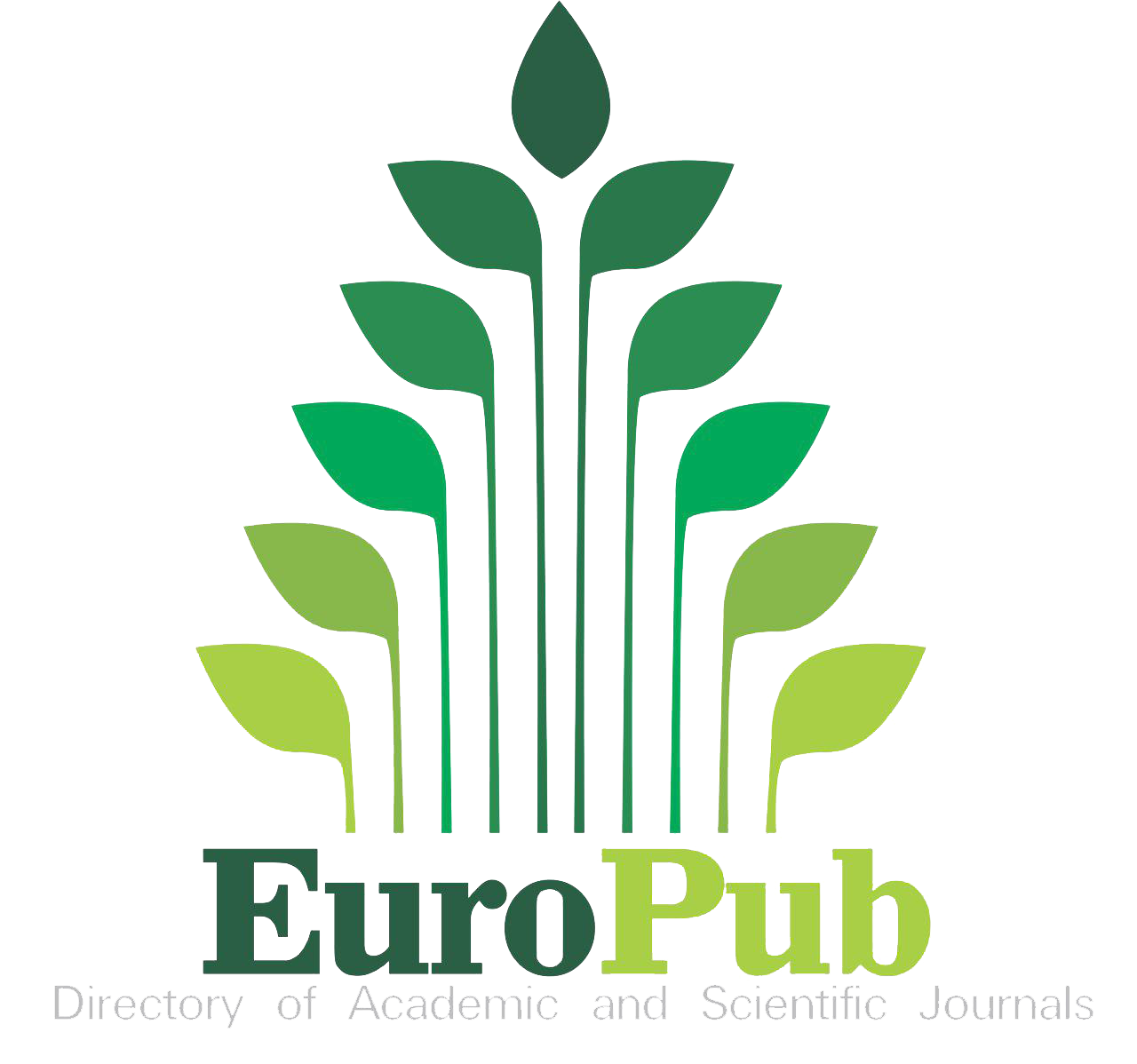COMPARATIVE TOXICITY OF SOME COMMONLY USED INSECTICIDES TO COTTON APHID AND THEIR SAFETY TO PREDATORY COCCINELLIDS
Keywords:
Coccinellids, Neonicotinoids, Relative Resistance, Relative toxicityAbstract
Experiments were conducted in the laboratory to evaluate relative toxicity of six insecticides, viz., Spinosad 45 SC,
Indoxacarb 15.8 EC, Emamectin benzoate 5 SG, Acephate 75 SP, Acetamiprid 20 SP and Imidacloprid 17.8 SL
against cotton aphid Aphis gossypii Glover and different stages of predatory coccinellids. On the basis of LC 50
values, acetamiprid was the most toxic whereas; spinosad was the least toxic insecticide to cotton aphid. The
order of relative toxicity of insecticides over spinosad was acetamiprid > acephate > imidacloprid > emamectin
benzoate > indoxacarb, with their relative toxicity values being 82.28, 23.04, 16.18, 1.57 and 1.45, respectively.
On the basis of LC 50 values, spinosad was the safest insecticide for the different stages of the predatory coccinellids
and acetamiprid was the most toxic followed by imidacloprid, indoxacarb, emamectin benzoate and acephate.
But comparison of LC 50 values of various insecticides in respect of various stages of predatory coccinellids vis-a-
vis important aphid pest, Aphis gossypii indicated that acephate was relatively safe and indoxacarb was toxic for
the predator. The neonicotinoids despite higher relative resistance showed very low LC 50 values which were
much below their recommended concentrations.

















